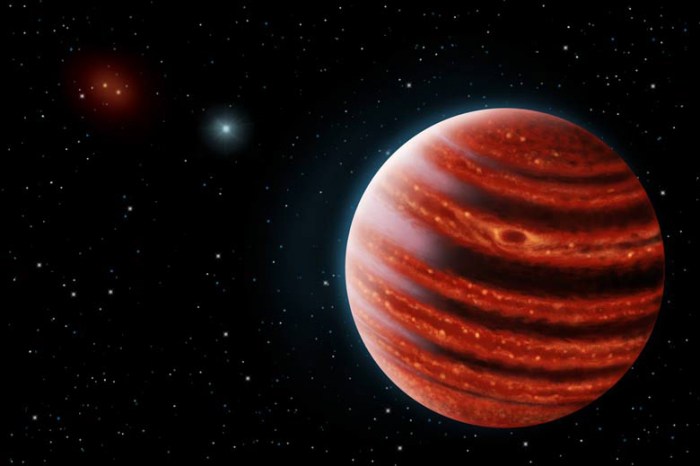The study published this week in the journal The Astrophysical Journal Letters described the host star and its planet named DS Tuc Ab, aged approximately 45 million years old, which is a "pre-teen" in planetary time. They are found by NASA's Transiting Exoplanet Survey Satellite (TESS) mission.
The planet outside of the solar system is no longer growing, but because of its young age, it is still undergoing rapid changes like losing atmospheric gas as a result of the radiation coming from its host star, according to researchers at Dartmouth College. Planets are larger when first formed and are thought to become smaller over time as they cool and lose atmosphere.
However, planets can take millions or billions of years to reach maturity, the process of which cannot be observed in real time. So researchers are searching for planets around young stars to learn how planets evolve.
The exoplanet, about 150 light years away from Earth, has two suns and makes one full orbit around its main star in just eight days. It is about six times the size of Earth, between the sizes of Neptune and Saturn. Given the size, it may have a composition similar to that of the giant planets in our solar system.
"The star's brightness lets us study the planet in detail because the more photons you have the better statistics you have. A discovery of this sort with such a unique age and an unusual planet size would not be possible without TESS," said Elisabeth Newton, an assistant professor of physics and astronomy at Dartmouth College, who led the study.
Newton's team hopes to detect atmosphere evaporation in action. Understanding this process could help researchers predict what might happen to the exoplanet over the next billions of years and can also be used to understand how atmospheric escape might have affected older planets, including Earth.
The TESS satellite launched on April 18, 2018 will survey about 200,000 of the brightest stars near the sun to search for exoplanets, including those that could support life.
Xinhua
More about: planet astronomer earth
















































